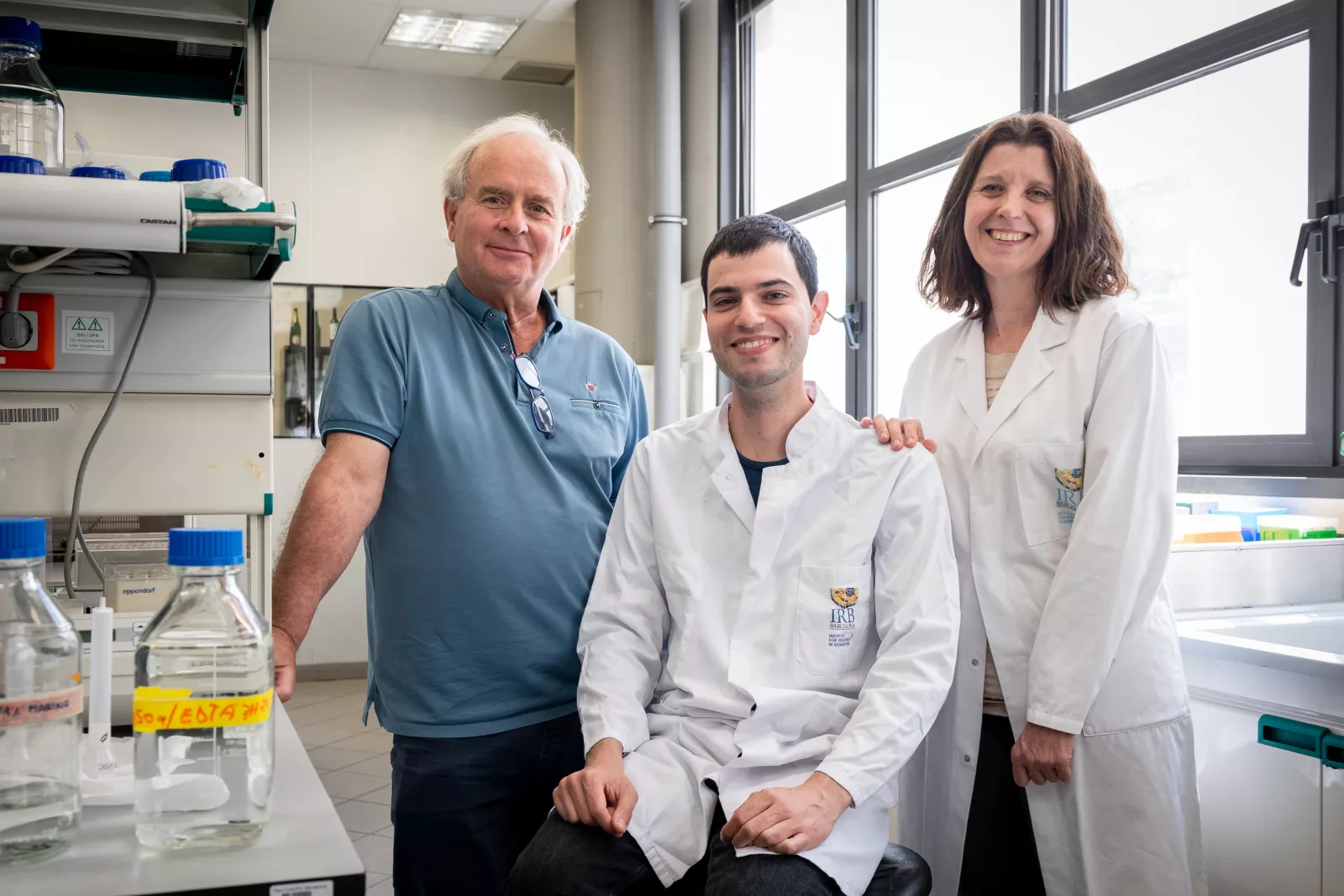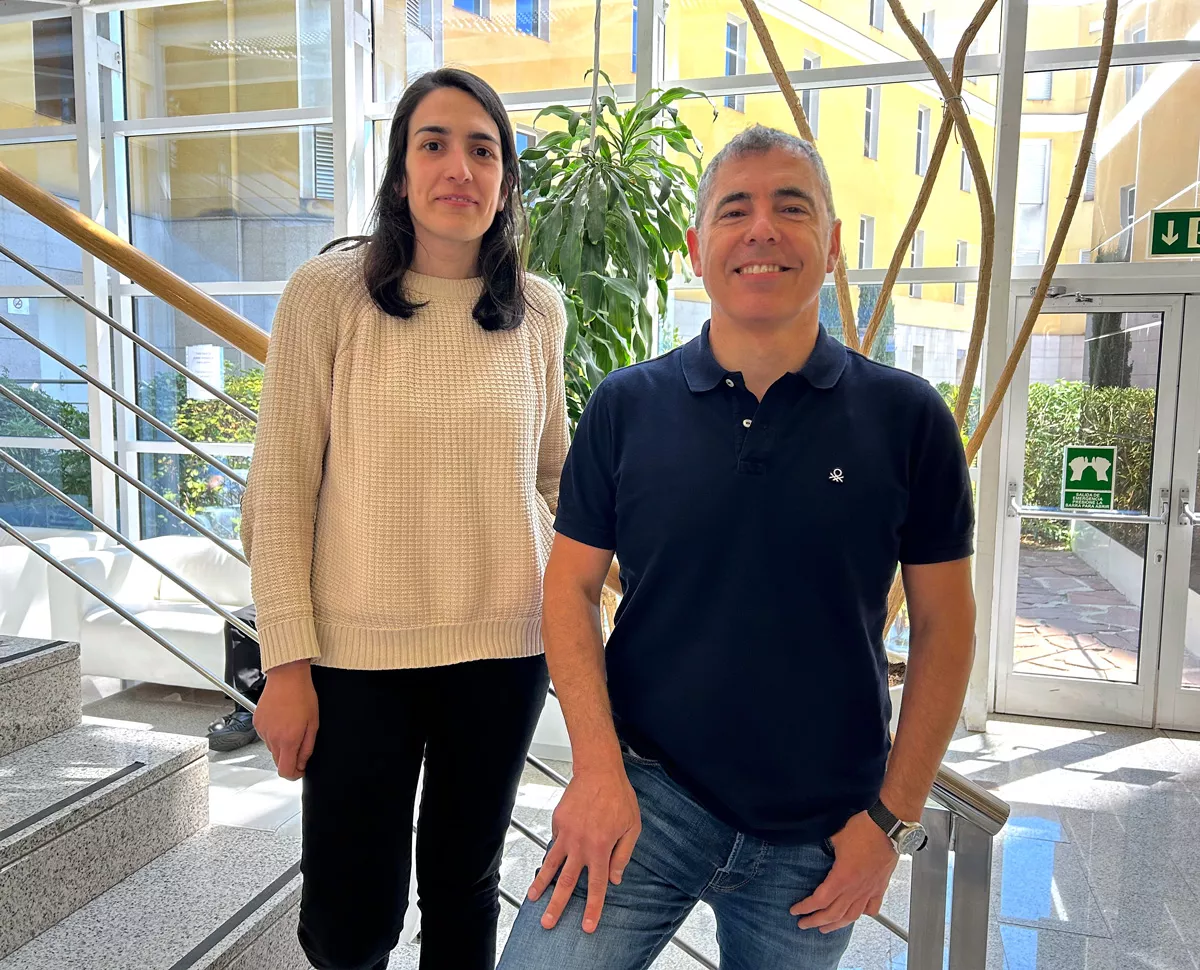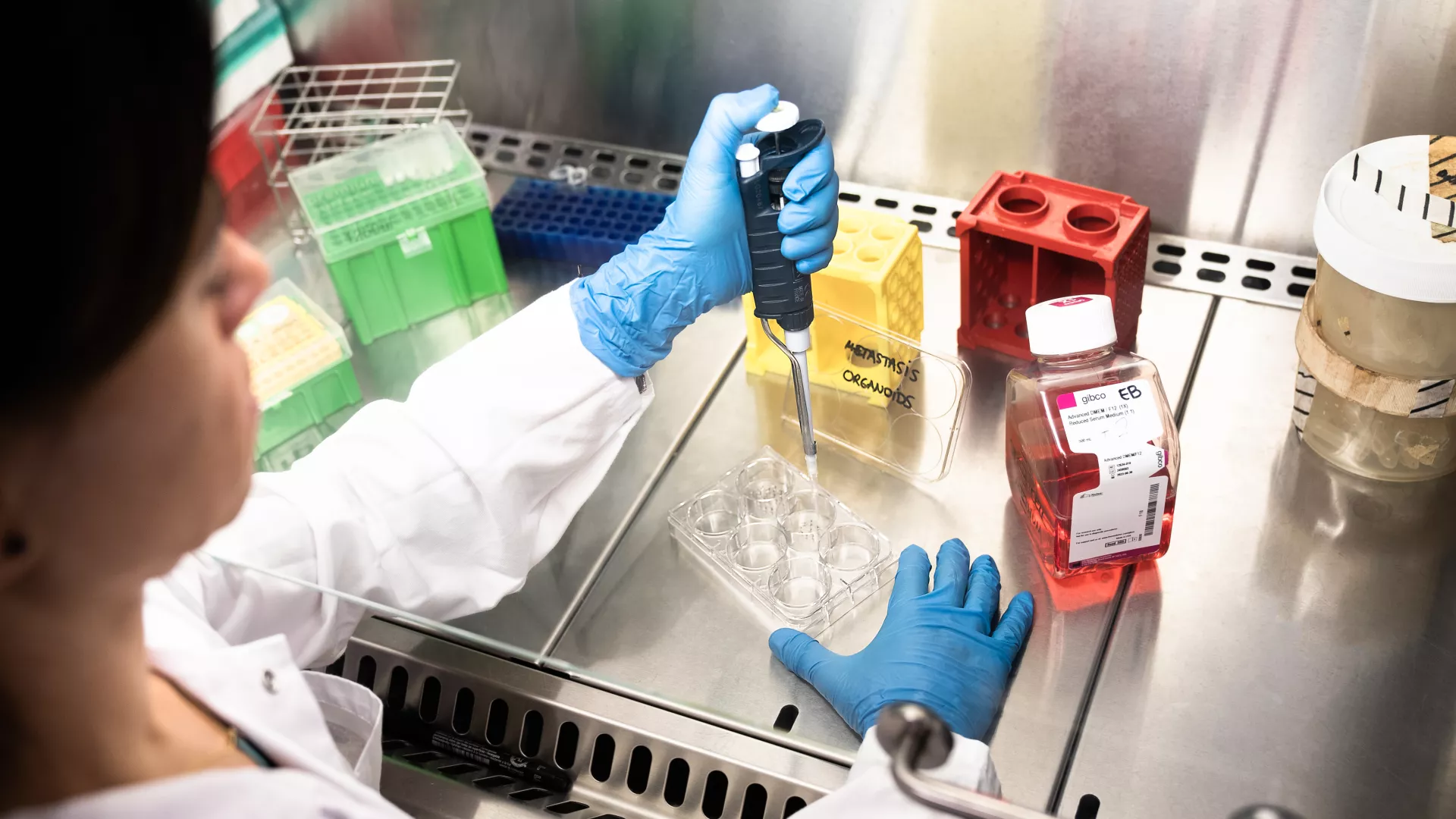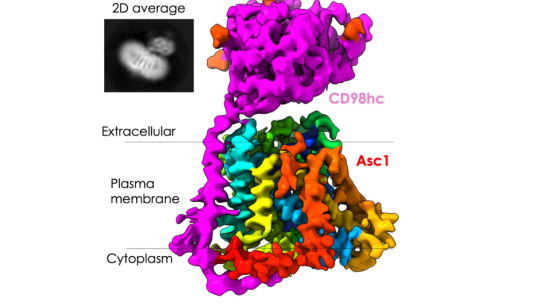Images
Participants




Contact

- The protein Asc-1 serves as the gateway (either for entry or exit) for fundamental amino acids involved in cognitive processes. A new study now unveils its structure and mechanism of action.
- Published in Nature Communications, the study is a collaboration between CNIO, IRB Barcelona, the University of Barcelona, and CIBERER.
- The finding could facilitate the design of drugs to treat schizophrenia, ictus, and other neurological diseases.
Learning from an experience, remembering a story, changing an attitude... all our behaviour stems from the exchange of chemical compounds between neurons—the neurotransmitters. Unravelling what exactly happens at the molecular level when neurons talk to each other, at the synapses, is crucial for understanding the human brain as a whole, which is particularly key for addressing mental health problems.
The authors of a recent study have observed and described the structure of a protein in the membrane of neurons that acts like a gate, opening and closing. In this regard, protein Asc1/CD98hc (Asc1 in its abbreviated form) is a specific transporter for certain amino acids that are crucial for learning and memory.
Published in Nature Communications, the work is a collaboration between the Spanish National Cancer Research Center (CNIO), the Institute for Research in Biomedicine (IRB Barcelona), the Centro de Investigación Biomédica en Red de Enfermedades Raras (CIBERER), and the University of Barcelona.
The activity of the protein Asc-1 has been associated with various kinds of mental illness, and unravelling its 3D structure will facilitate the development of new drugs for these conditions.
Dr. Óscar Llorca, from CNIO, says, “Modulating Asc-1 activity could serve as a therapeutic strategy for conditions such as stroke and schizophrenia. Determining the structure of Asc-1 at atomic resolution is important because it can facilitate the search for compounds that modify its activity.”

“The collaboration between IRB Barcelona, CNIO and UB has played a pivotal role in unravelling the mysteries of Asc-1, offering us an unprecedented understanding of its structure and function. This breakthrough not only sheds light on the complex cellular machinery underlying fundamental cognitive processes but also brings us closer to the development of more precise therapeutic interventions for a range of neurological disorders,” adds Dr. Manuel Palacín, head of the Amino Acid Transporters and Disease laboratory at IRB Barcelona and Professor in the Department of Biochemistry and Molecular Biomedicine at the Faculty of Biology of the UB.
Together with Dr. Óscar Llorca and Dr. Manuel Palacín, Dr. Ekaitz Errasti-Murugarren, from the University of Barcelona and CIBERER, is also a co-author of this study. The first authors are Josep Rullo-Tubau (IRB Barcelona) and Dr. María Martínez Molledo (CNIO).

The work has been funded mainly by “la Caixa” Foundation and the Ministry of Science, Innovation and Universities.
Implications for neurological diseases
All cells in the body have gates on their membranes through which to exchange substances with the external environment: proteins that constantly open and close in response to the cell’s needs. These gates can either open inwards to take in molecules like amino acids, or outwards, through a shape alteration, to release them, or vice versa.
The protein Asc-1 is found mainly in the neurons of the hippocampus and cerebral cortex in the brain. It specialises in introducing and/or removing two amino acids that are key for neuronal connections (synapses), which are involved in learning, memory, and brain plasticity—the nervous system's ability to adapt its circuits in response to new stimuli.
Changes in the availability of these amino acids, known as D-serine and glycine, have been linked to conditions such as schizophrenia, stroke, ALS, and other neurological disorders. Efforts have long been underway to develop drugs that can regulate the activity of Asc-1 to address these diseases, but all without success so far. Detailed knowledge of the atomic structure of Asc-1 provides crucial information to achieve this goal.
Spotted when opening inwards
The Asc-1 protein was purified by Josep Rullo-Tubau at IRB Barcelona and transferred to Dr. María Martínez-Molledo at CNIO, where it was observed under a cryo-electron microscope. Based on the images collected, the researchers were able to determine the 3D structure of the protein at high resolution. Cryo-electron microscopy involves rapidly freezing molecules and examining them using electron microscopes, followed by the application of advanced imaging techniques to interpret the data.
The observed structure reveals Asc-1 with the gate open inwards toward the interior of the cell, poised to receive an amino acid for transport.
“Based on its atomic structure, we were able to predict the parts of the protein that appear to be crucial for binding the amino acid to be transported, as well as the potential mechanism for its transport out of the cell,” says Dr. Llorca.
The predictions about the transporter's functioning were made by the groups led by Dr. Víctor Guallar (Barcelona Supercomputing Centre) and Dr. Lucía Díaz (Nostrum Biodiscovery) and were tested by Josep Rullo-Tubau by measuring the effect of specific Asc-1 mutations.
This work was then complemented by Dr. Rafael Artuch (Hospital San Joan de Déu Hospital) and the Biostatistics and Bioinformatics Core Facility at IRB Barcelona, which is headed by Dr. Camille Stephan-Otto Attolini.
Two modus operandi
The findings also shed light on another unique aspect of Asc-1. While the other transporters in its family, known as HAT, can only transport an amino acid into the cell by simultaneously releasing another, and vice versa, Asc-1 operates differently. In other words, they function solely by exchanging amino acids. However, Asc-1 can also release an amino acid without needing to introduce another and can open and close "in a vacuum." This mode of activity is called "diffusion".
The insights gained from the molecular structure of Asc-1 provide a better understanding of the function of each transport mode.
Related article:
Structure and mechanisms of transport of human Asc1/CD98hc amino acid transporter
Josep Rullo-Tubau, Maria Martinez-Molledo, Paola Bartoccioni, Ignasi Puch-Giner, Ángela Arias, Suwipa Saen-Oon, Camille Stephan-Otto Attolini, Rafael Artuch, Lucía Díaz, Víctor Guallar, Ekaitz Errasti-Murugarren, Manuel Palacín & Oscar Llorca
Nature Communications (2024) DOI: 10.1038/s41467-024-47385-3
About IRB Barcelona
The Institute for Research in Biomedicine (IRB Barcelona) pursues a society free of disease. To this end, it conducts multidisciplinary research of excellence to cure cancer and other diseases linked to ageing. It establishes technology transfer agreements with the pharmaceutical industry and major hospitals to bring research results closer to society, and organises a range of science outreach activities to engage the public in an open dialogue. IRB Barcelona is an international centre that hosts 400 researchers and more than 30 nationalities. Recognised as a Severo Ochoa Centre of Excellence since 2011, IRB Barcelona is a CERCA centre and member of the Barcelona Institute of Science and Technology (BIST).




